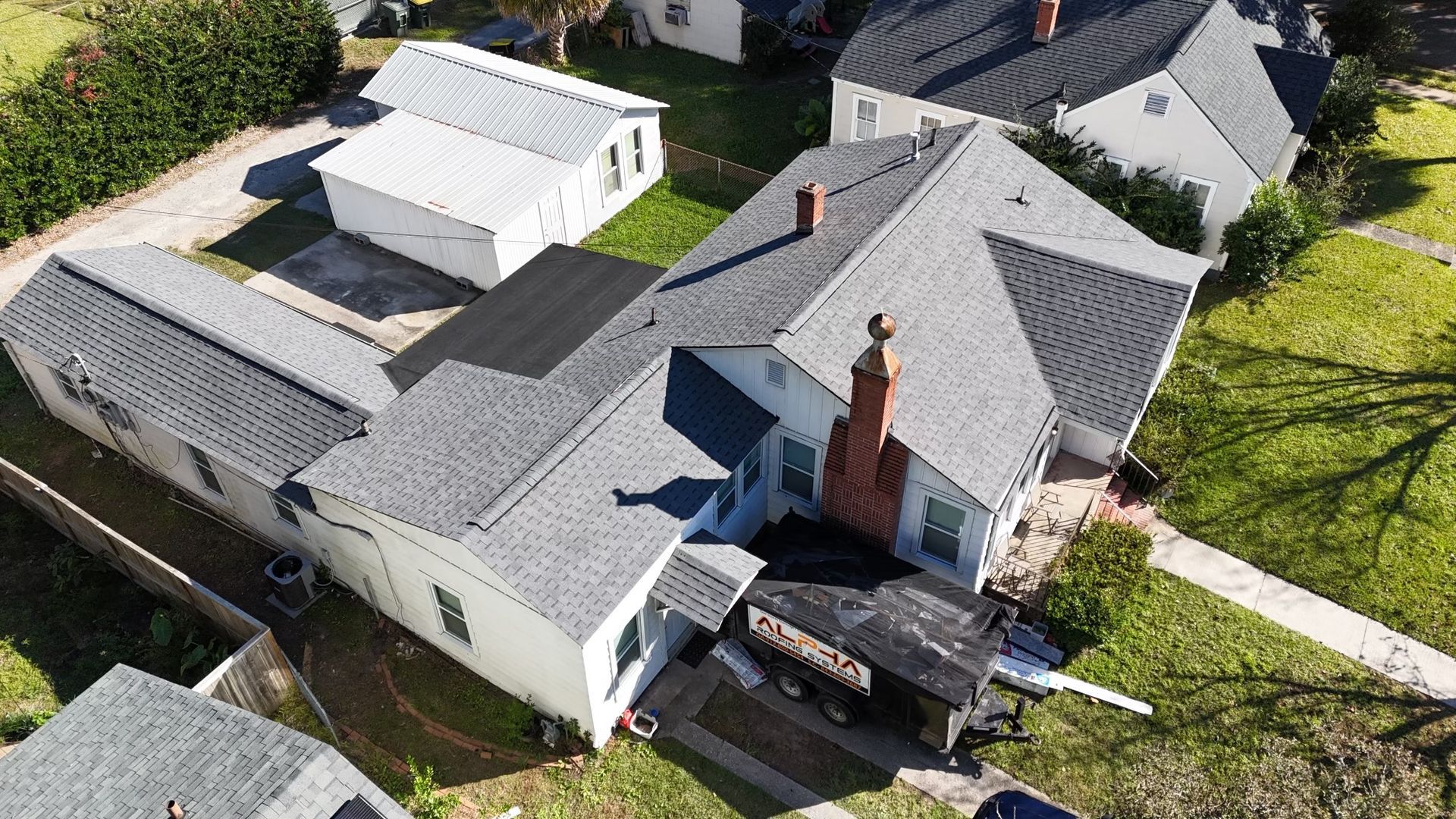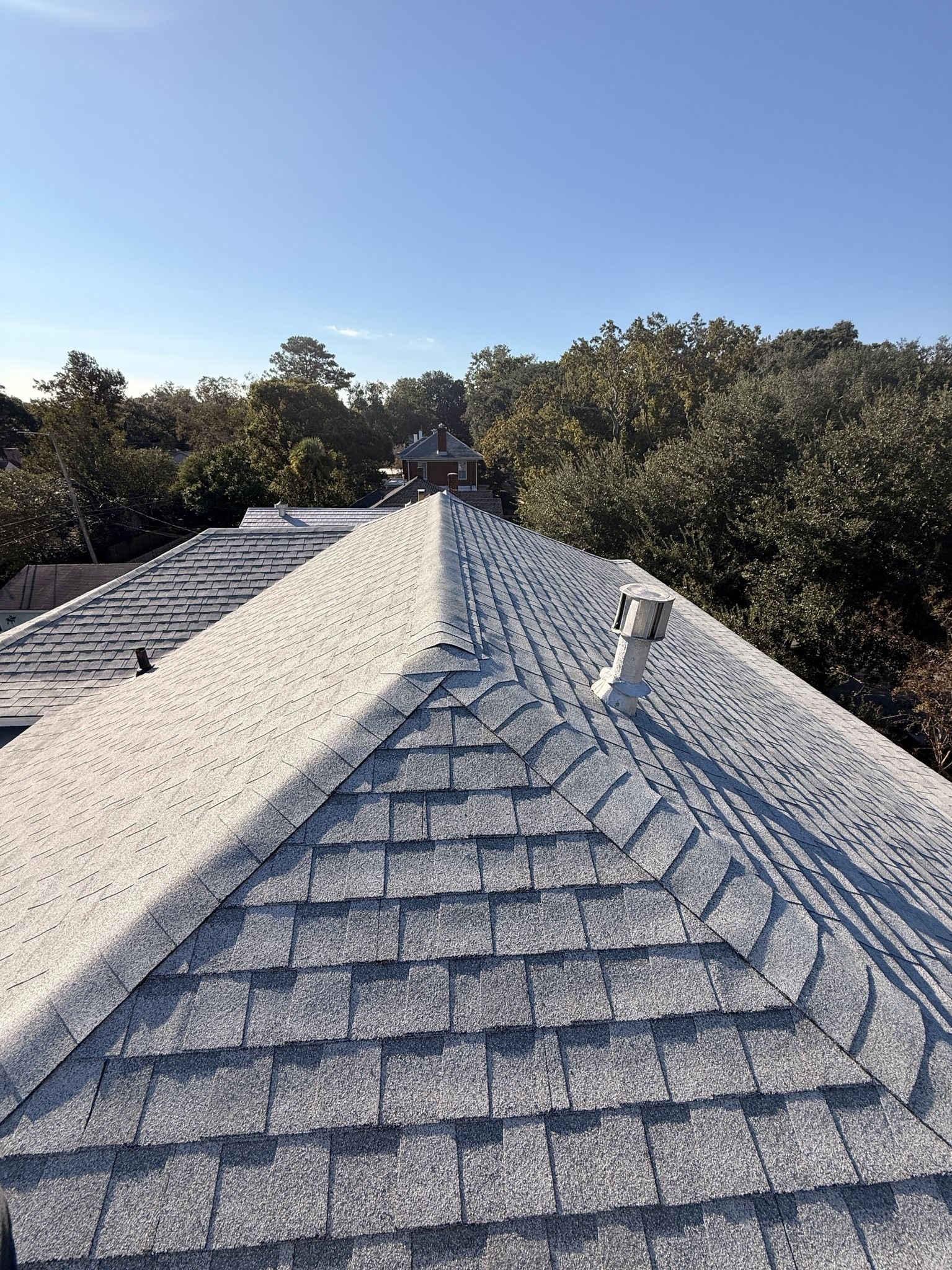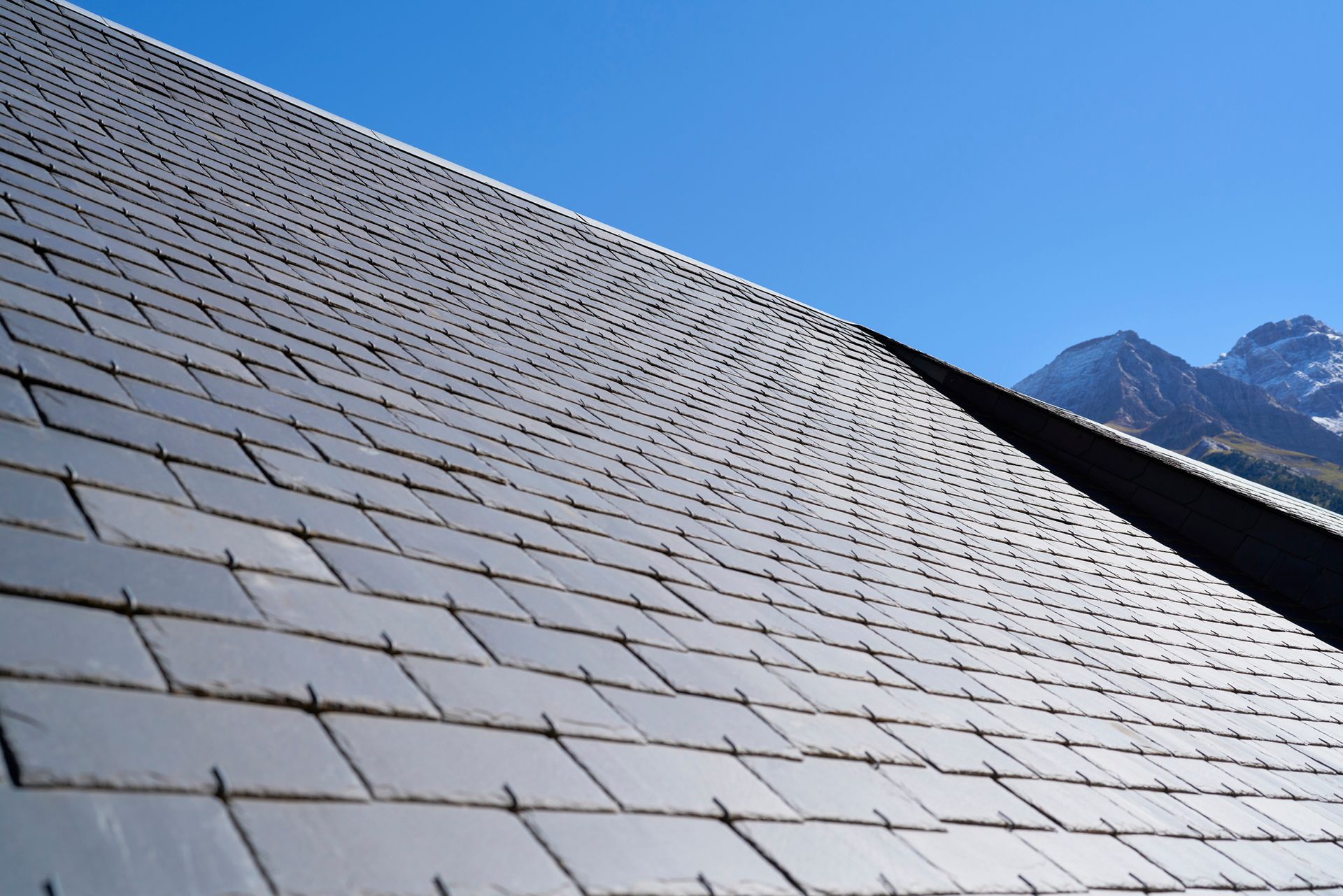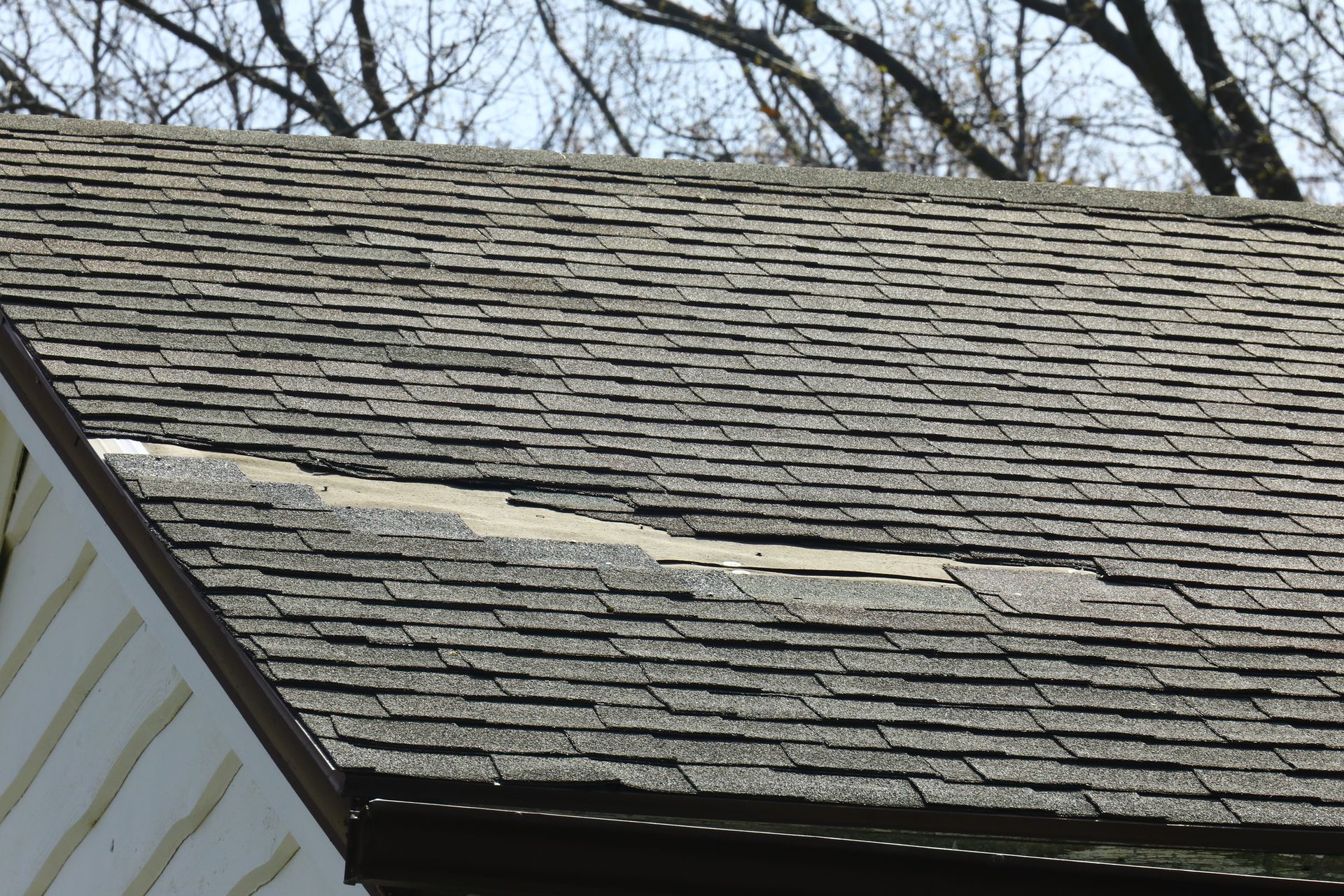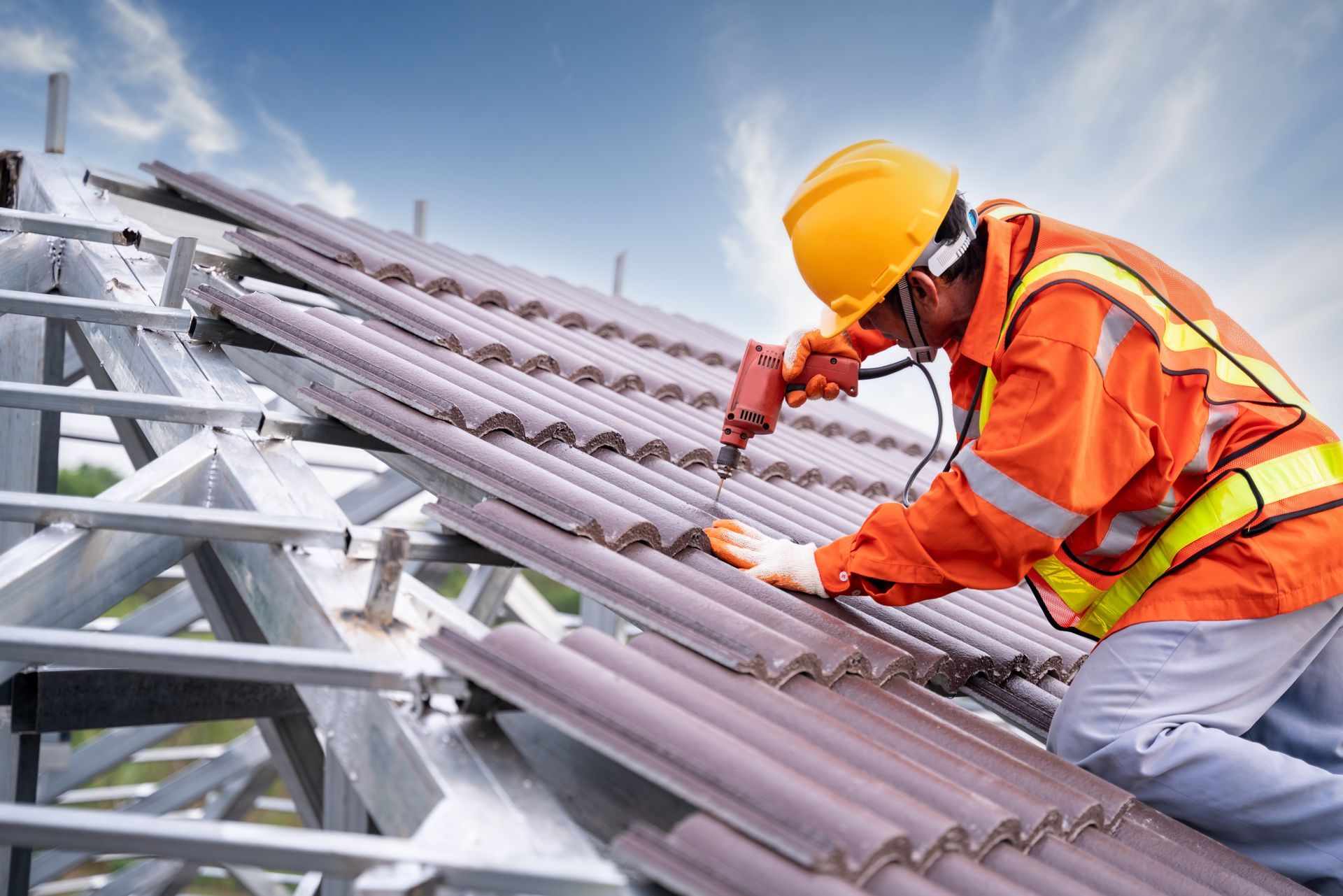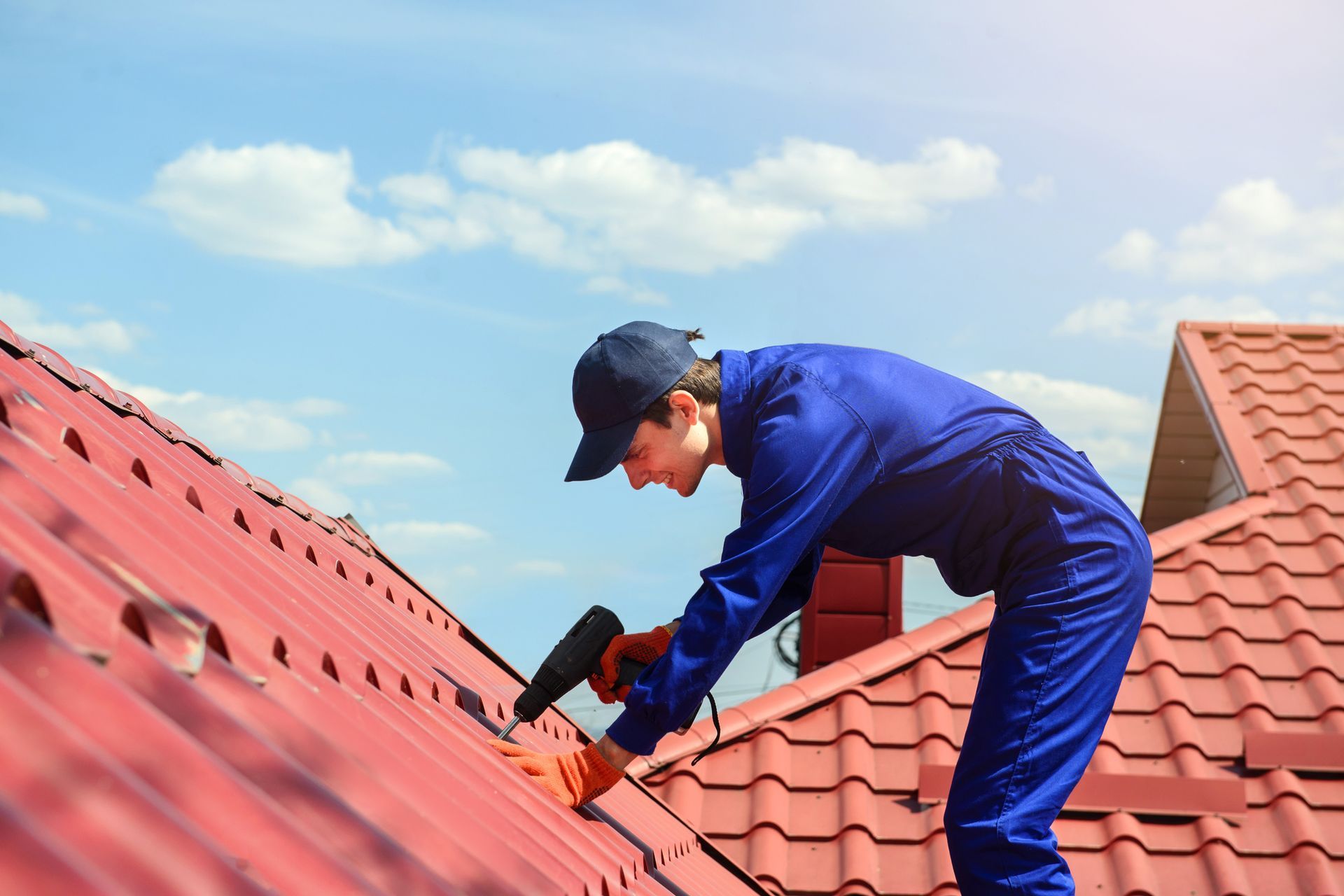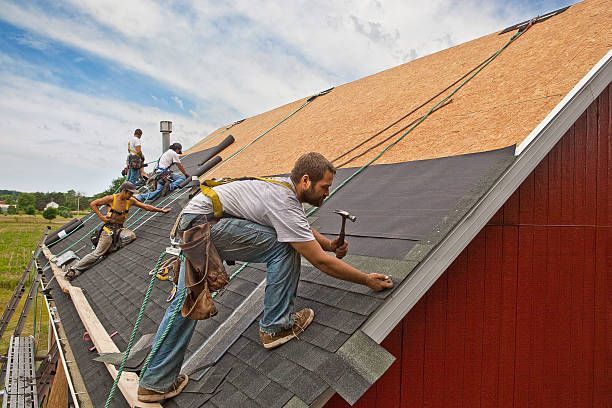Common Roofing Terms
Navigating through a roofing project can be complex, especially if you're unfamiliar with the industry terminologies. Whether you're replacing, repairing, or even just maintaining your roof, knowing the jargon many roofing contractors and technicians use would be incredibly beneficial.
This knowledge will help you understand your roof's problems and needs, discuss your options accurately with your contractor, and avoid unnecessary expenses. Discover some common terminologies that can help you understand the language of the roofing industry.
Decking
Roof decking, sometimes called roof sheathing, plays a crucial role in protecting the rest of the roof structure. It supports and stabilizes your roof structure and is the basis for all the other roofing components.
Roof decking is the material that goes on top of the trusses or rafters of a roof. Common materials include plywood, but additional possibilities include plank sheathing and tongue and groove.
The decking's primary function is to seal and fortify the roof, making it ready for a final covering such as shingles or tiles. In addition to providing a solid surface for the nails that fasten these roofing materials to the roof, it also serves as a nail bed.
Flashing
Roof flashing is a waterproofing material, usually made of metal, that goes around the base of any roof-mounted vertical features like chimneys and vents. Its primary function is to prevent water seepage at openings in a building's exterior. Without flashing, water can easily seep in and cause problems on the inside of your property.
Trusses and Rafters
Modern building frequently makes use of prefabricated support beams called roof trusses, which are increasingly popular due to their low cost and ease of installation. Trusses are adaptable to many different roof styles because of their modular nature.
On the other hand, rafters are the classic on-site support beams constructed by workers. Usually constructed of wood, they serve as both the roof's structural framework and aesthetic centerpiece. Rafters can span the width of a roof from one end to the other, supporting the ridge board.
Underlayment
The underlayment acts as a shield between the deck and the environment. Underlayment is put directly into the roof's deck before the shingles are attached and is typically constructed of materials like asphalt-soaked felt or synthetic materials. To protect the decking and the interior of the house from water damage, this layer serves as a waterproof barrier.
Furthermore, underlayment helps avoid picture framing, which happens whenever the wood panels that make up the roof deck expand and compress, leaving unsightly ridges and bumps on the roof's surface. Underlayment not only serves to protect your property from the elements but can also provide some fire protection if you choose the right fire-resistant material.
Fascia
Fascia is a horizontal board that joins the roof to the walls at its base. Fascia is typically installed by builders at the final point of the rafters or trusses to reinforce the gutters. It is crucial because it prevents water from getting inside and wreaking havoc on the roof and walls.
Fascia has a functional purpose, but it also enhances the aesthetic value of a home. It gives the roof a more complete and attractive appearance, which can boost curb appeal and the home's value.
Eaves
The eaves, or roof edges, are the horizontal borders at the base of a pitched roof, where it extends beyond the building's walls. The eaves of a structure are very important because they divert water away from the exterior walls and the foundation. Eaves also allow for the installation of gutters, which further aid in the removal of water from the structure.
Need some roof repairs or maintenance in Georgia or South Carolina? Contact us at Alpha for all your roofing needs.


